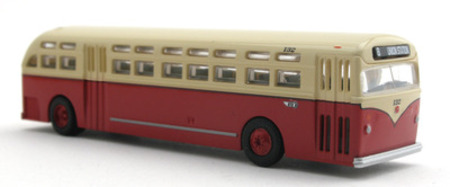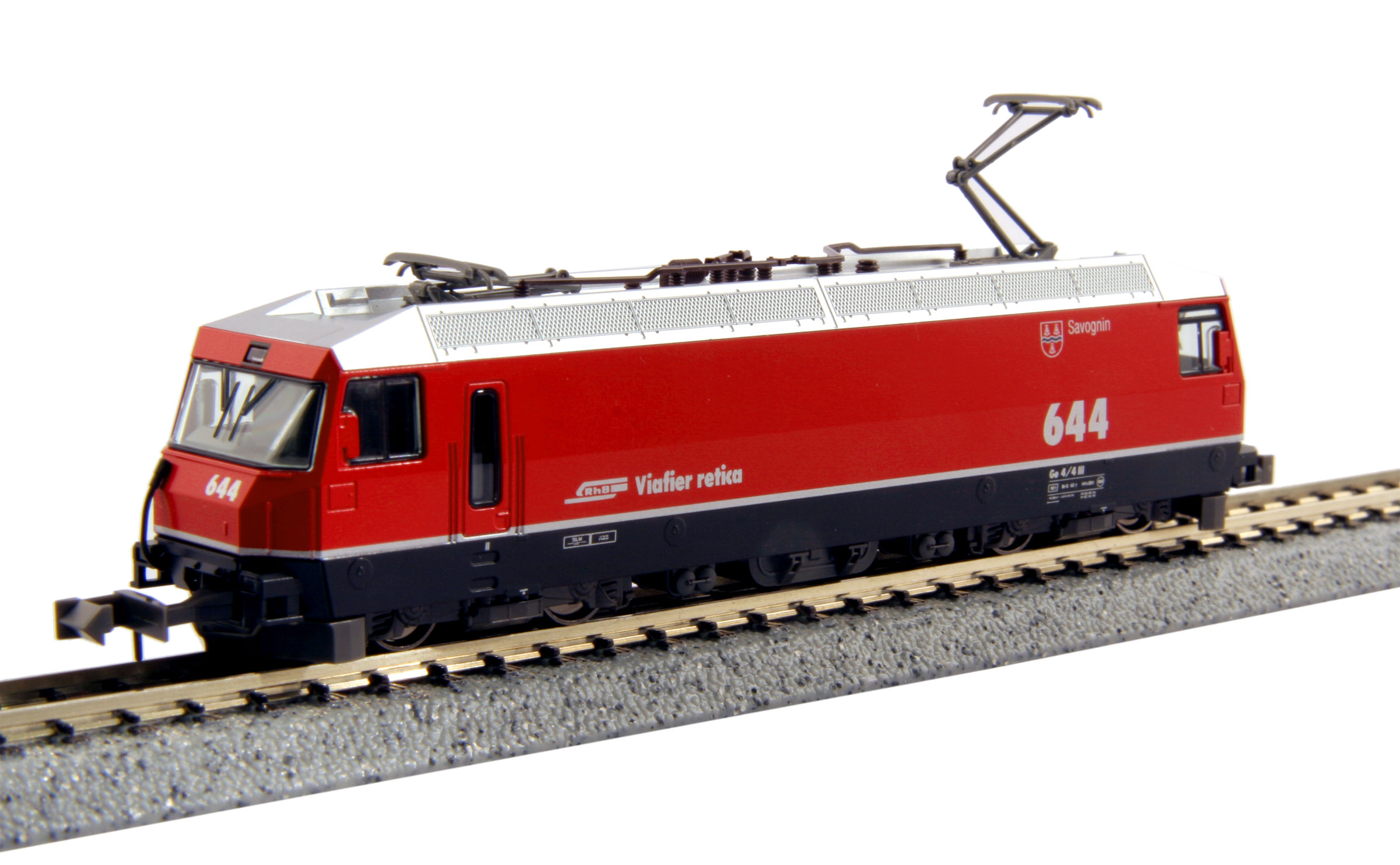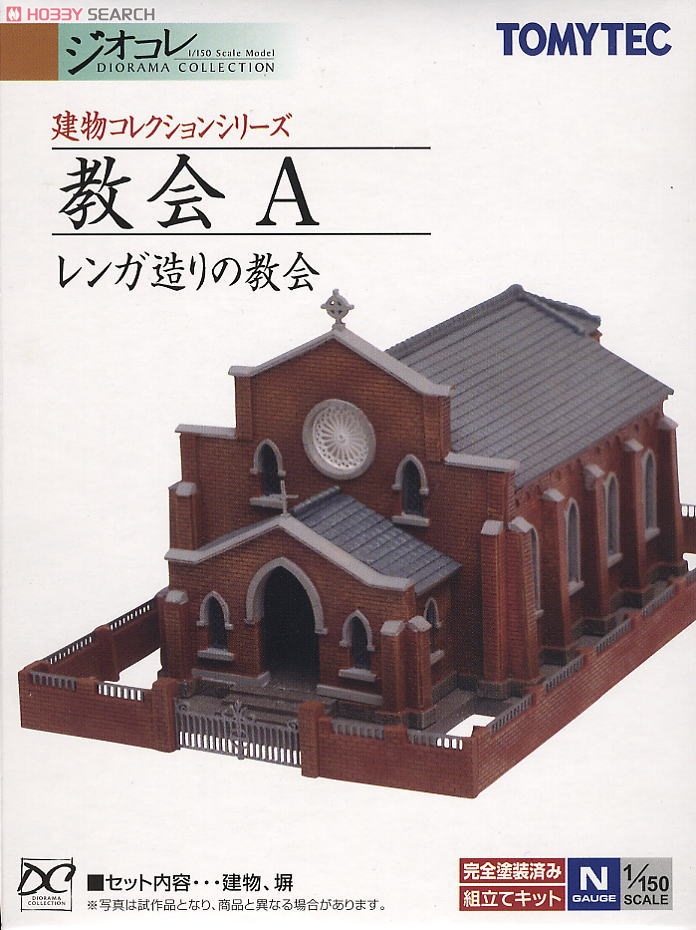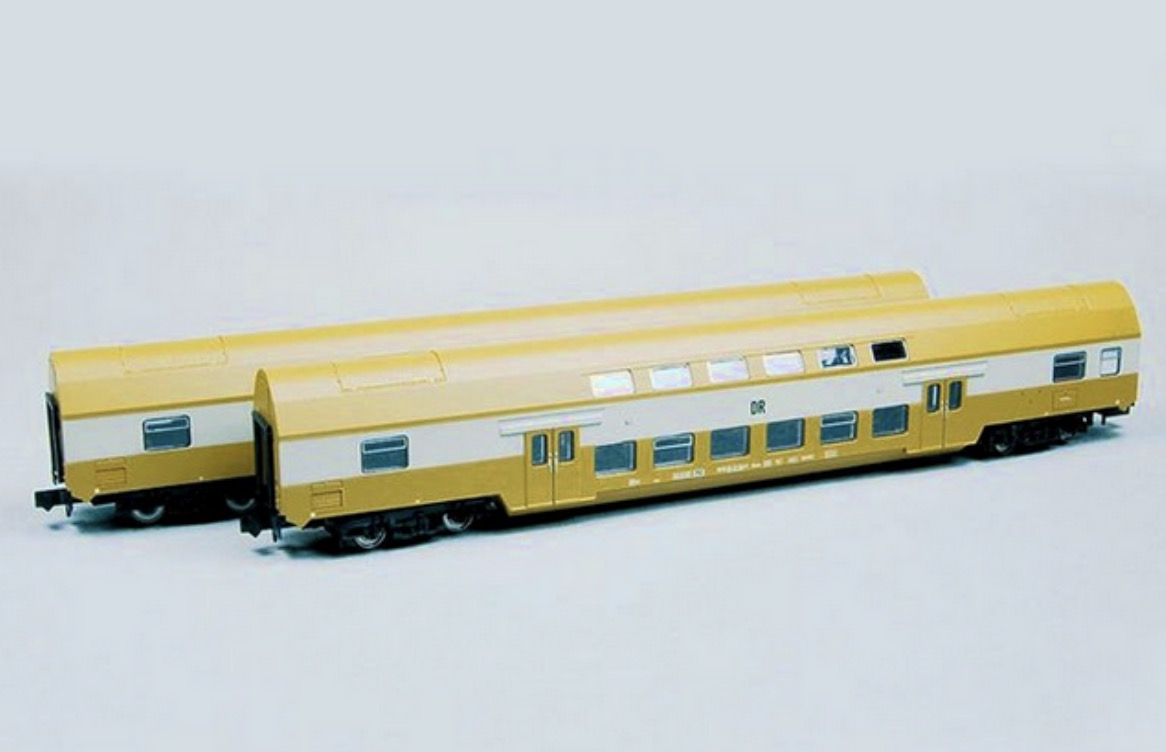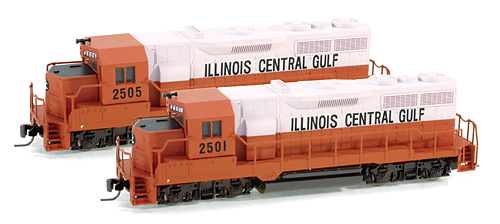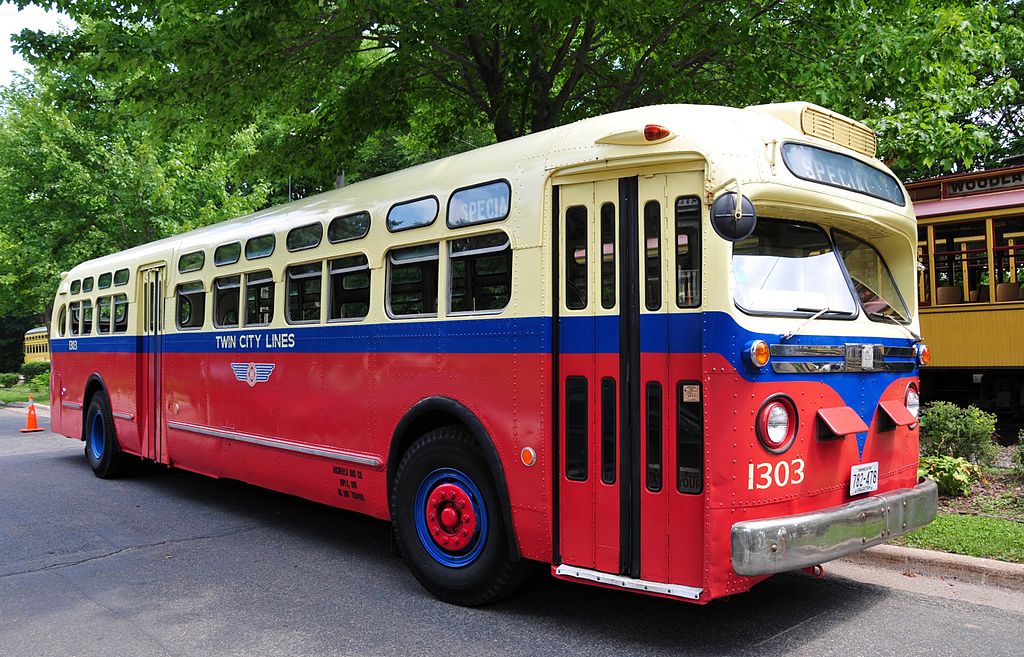Specific Item Information: The Denver Tramway Corporation started service in the City of Denver in 1886 with 3'-6" gauged trolley cars and cable cars. In 1950 DTC started running trolley and motor coaches. The diesel buses we have modeled were acquired in Dec. 1959 and seated 47 passengers. The DTC ceased operations in May 1971 after being taken over by the Denver Metro Transit.
Model Information: Model is of a GMC TDH-3610 Transit Bus. Comes with photoetched detail parts for mirror and windshield wipers. These details must be applied by the owner. The buses look fine without them but even better with them. The instructions recommend that they be applied with CA glue.
Prototype History: The GM "old-look" transit bus is a transit bus that was introduced in 1940 by Yellow Coach beginning with the production of the model TG-3201 bus. Yellow Coach was an early bus builder that was partially owned by General Motors (GM) before being purchased outright in 1943 and folded into the GM Truck Division to form the GM Truck & Coach Division. The Yellow Coach badge gave way to the GM nameplate in 1944. Production of most "old-look" models was stopped upon the release of the GM New-Look bus in 1959, however some smaller "old-look" models continued to be built until 1969. Approximately 38,000 "old-look" buses were built during the 29-year production run. The "old-look" name is an unofficial term that was applied to this series of GM buses after the release of the GM New-Look, with "New-Look" being an official term used by GM to describe their new line of buses that superseded the "old-look". This is an example of a retronym.
In 1959, GM introduced its New-Look bus with the "fishbowl" style front window, and production stopped on all "old-look" buses other than the "second-generation" models: the 28-foot (8.5 m) TGH-3102 which was built until 1963 and the 30-foot (9.1 m) 35xx models which were built until 1969.
From Wikipedia
In 1959, GM introduced its New-Look bus with the "fishbowl" style front window, and production stopped on all "old-look" buses other than the "second-generation" models: the 28-foot (8.5 m) TGH-3102 which was built until 1963 and the 30-foot (9.1 m) 35xx models which were built until 1969.
From Wikipedia
Road Name History: 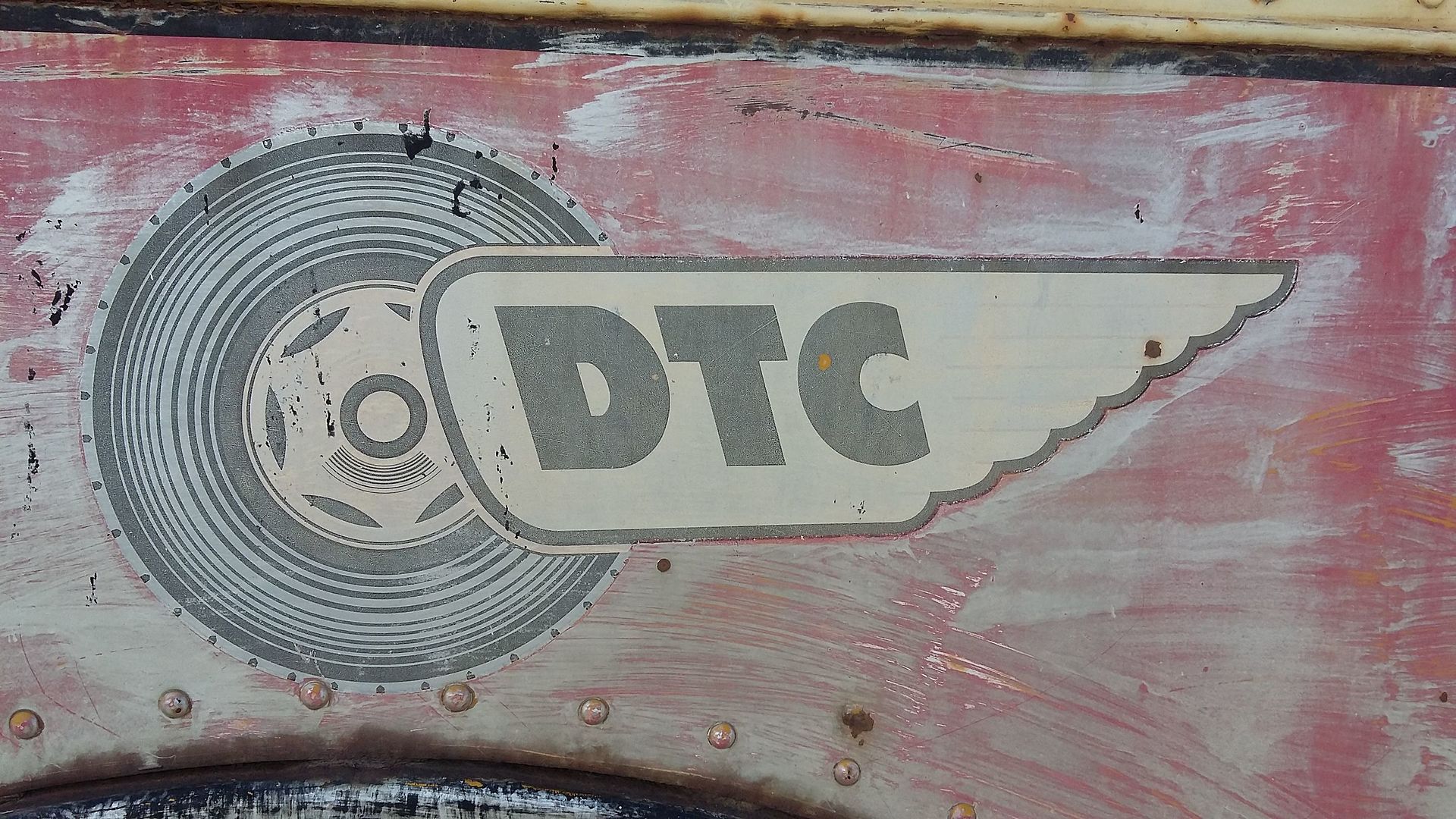 DT was established in 1886 during the reorganization and consolidation of the the Denver Electric & Cable Railway and the Denver Railway Association providing streetcar service in Denver, Colorado. The new company experimented with DC powered cars with pickup from an underground conduit but this proved unreliable. They switched to horse power to continue operations but this ran afoul of the Denver City Railway which had been given a 50 year exclusive right to operate horsecars in Denver back in 1867. Following a lawsuit, DT switched to cable cars. The DCRwy also switched to cable power not long after.
DT was established in 1886 during the reorganization and consolidation of the the Denver Electric & Cable Railway and the Denver Railway Association providing streetcar service in Denver, Colorado. The new company experimented with DC powered cars with pickup from an underground conduit but this proved unreliable. They switched to horse power to continue operations but this ran afoul of the Denver City Railway which had been given a 50 year exclusive right to operate horsecars in Denver back in 1867. Following a lawsuit, DT switched to cable cars. The DCRwy also switched to cable power not long after.
In 1888 it became clear that electric power from trolley wire was the way to go and DT set about replacing their still-new cable system with trolley. By 1893, the changeover was complete. The financial panic that same year sent their big competitor into receivership and they were merged into DT under the name Denver City Tramway (the “City” was later dropped.) The combined system had 156 miles of 42” gauge trolley line in Denver and the suburbs.
The company’s 1906 franchise renewal with the city locked in their 5 cent fares and mandates to share the cost of street maintenance with the city. Inflation got the best of them, causing the Tramway to cut salaries and layoff employees. This led to a strike in 1920. Violence broke out resulting in seven dead, 52 injured, and the company in bankruptcy. The court overruled the city and finally allowed fare increases but ridership was already plummeting. Buses began to replace streetcars in 1924. By 1949, DT had 131 streetcars, 138 trolley-buses and 116 internal-combustion buses. By the end of 1950, streetcar operations had ended.
Text Courtesy of Bluford Shops

In 1888 it became clear that electric power from trolley wire was the way to go and DT set about replacing their still-new cable system with trolley. By 1893, the changeover was complete. The financial panic that same year sent their big competitor into receivership and they were merged into DT under the name Denver City Tramway (the “City” was later dropped.) The combined system had 156 miles of 42” gauge trolley line in Denver and the suburbs.
The company’s 1906 franchise renewal with the city locked in their 5 cent fares and mandates to share the cost of street maintenance with the city. Inflation got the best of them, causing the Tramway to cut salaries and layoff employees. This led to a strike in 1920. Violence broke out resulting in seven dead, 52 injured, and the company in bankruptcy. The court overruled the city and finally allowed fare increases but ridership was already plummeting. Buses began to replace streetcars in 1924. By 1949, DT had 131 streetcars, 138 trolley-buses and 116 internal-combustion buses. By the end of 1950, streetcar operations had ended.
Text Courtesy of Bluford Shops
Brand/Importer Information: Wheels of Time was founded by Matthew Young in the fall of 1995. From an early age, Matthew has had a passion for trains, both in full-size and in miniature. His family frequently went out of their way so he could ride the train, or simply watch the action on the tracks. "On one occasion mom took us to San Francisco along the waterfront. Spotting a State Belt ALCo S-2 locomotive switching the wharves, I persuading my mom to follow it. I watched in wonder as I saw and heard the hit-cup sputtering of the ALCo engine as it revved-up to move railroad cars on and off the car float at Pier 43." Other early family experiences included watching Southern Pacific freight and Amtrak's San Joaquin Amfleet trains roll by as his family waited to be seated at Spenger's in Berkeley, which sat happily right next to the tracks. "My brother and I would shoot pictures of the trains with our Instantmatic 110 cameras, sometimes only getting the wheels or worse yet ... getting a real good close up of my big thumb."
Matthew and his brother built models of all kinds, but their model train career began in elementary school when they started making 3-D cardboard miniature trains from pictures found in the pages of Trains Magazine and Model Railroader Magazine. On a visit, many years later, with the late Richard Buike of Trackside Trains in Burlingame, California, the conversation turned to the lack of N-Scale passenger trains and how the few that existed didn't look right. "I told him right then and there that I was going to produce high quality, historically accurate passenger railroad cars. Even I was a little surprised when I said this." The first product was a 1950 Pullman-Standard "10-6" sleeping car made of brass. Wheels of Time became one of the first makers of historically accurate and realisticly detailed passenger train cars. At Wheels of Time, we research original equipment and recreate it with CAD software for production. We're lovers of history and sticklers for detail. On our line of Transit Motor Coaches (a fancy way of saying "buses"), even the destination *roll* signs are historically accurate. Be sure to check out all our beautiful and accurate products. We hope you'll come to share our passion for trains, here recreated in miniature. At Wheels of Time, you get to take home a piece of a fascinating history.
Wheels of Time manufactures historically accurate model trains, vehicles, and model railroad accessories with a real *wow* factor. Our obsession with detail and historical accuracy is reflected in our exceptional design and production: hold a Wheels of Time model in your hand and you'll be tempted to say, 'It's the real thing!'
Matthew and his brother built models of all kinds, but their model train career began in elementary school when they started making 3-D cardboard miniature trains from pictures found in the pages of Trains Magazine and Model Railroader Magazine. On a visit, many years later, with the late Richard Buike of Trackside Trains in Burlingame, California, the conversation turned to the lack of N-Scale passenger trains and how the few that existed didn't look right. "I told him right then and there that I was going to produce high quality, historically accurate passenger railroad cars. Even I was a little surprised when I said this." The first product was a 1950 Pullman-Standard "10-6" sleeping car made of brass. Wheels of Time became one of the first makers of historically accurate and realisticly detailed passenger train cars. At Wheels of Time, we research original equipment and recreate it with CAD software for production. We're lovers of history and sticklers for detail. On our line of Transit Motor Coaches (a fancy way of saying "buses"), even the destination *roll* signs are historically accurate. Be sure to check out all our beautiful and accurate products. We hope you'll come to share our passion for trains, here recreated in miniature. At Wheels of Time, you get to take home a piece of a fascinating history.
Wheels of Time manufactures historically accurate model trains, vehicles, and model railroad accessories with a real *wow* factor. Our obsession with detail and historical accuracy is reflected in our exceptional design and production: hold a Wheels of Time model in your hand and you'll be tempted to say, 'It's the real thing!'
Item created by: nscalestation on 2016-12-12 00:57:34
If you see errors or missing data in this entry, please feel free to log in and edit it. Anyone with a Gmail account can log in instantly.
If you see errors or missing data in this entry, please feel free to log in and edit it. Anyone with a Gmail account can log in instantly.


